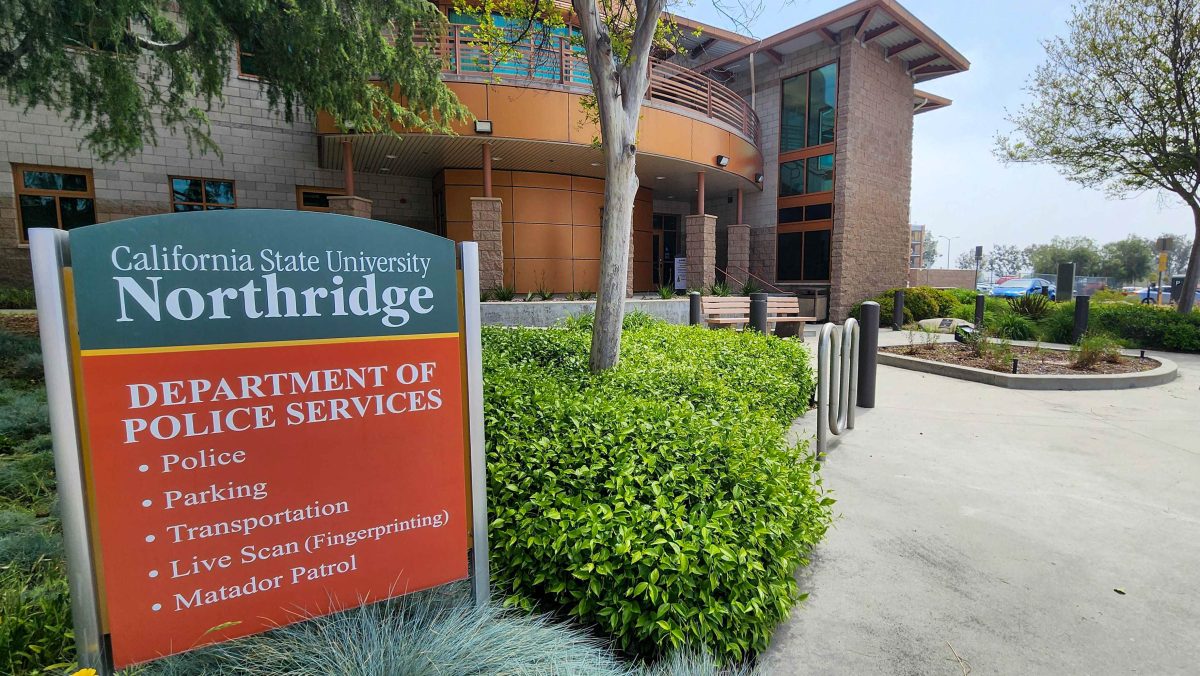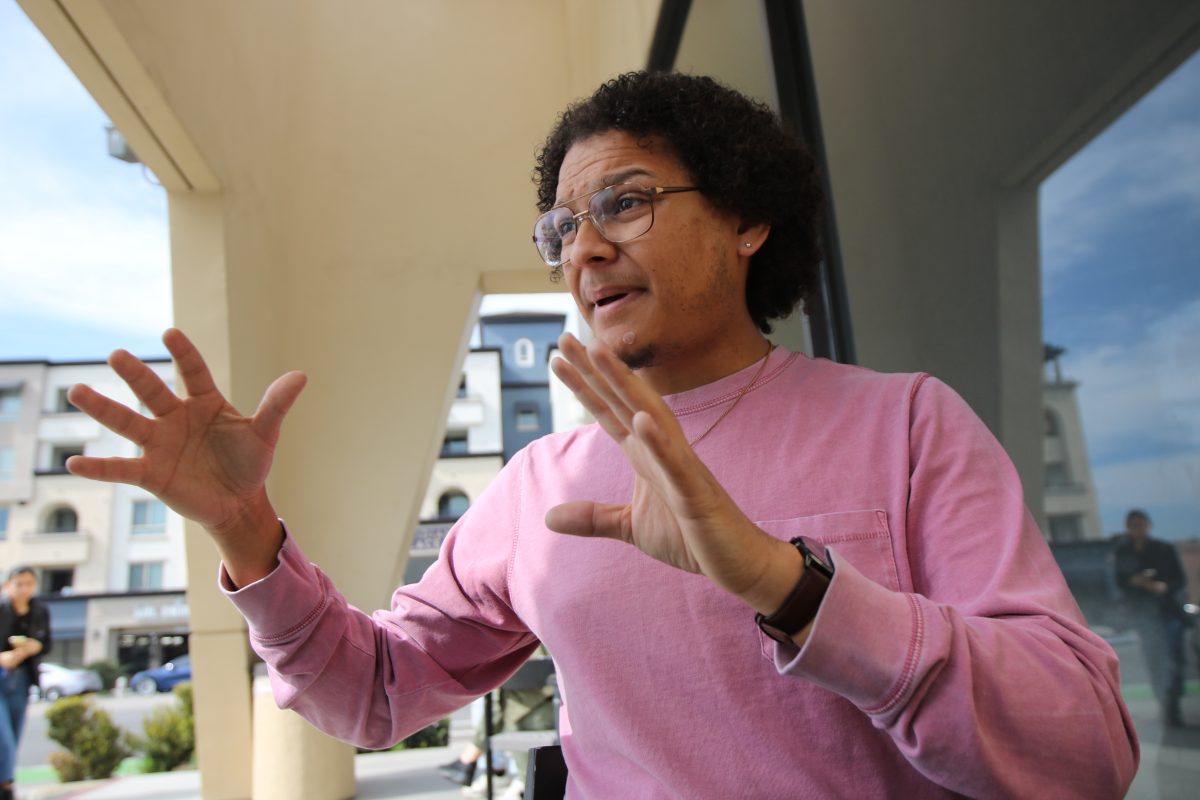Bills congest Ulises Hernandez’s mailbox. He is behind four months on student loan payments and the idea of collection calls haunt his dreams.
Hernandez graduated in spring 2011 from Cal State Northridge with a degree in Kinesiology. His direct subsidized loan demands that he begin paying back his loans six months after graduation. Hernandez is a server in an Italian restaurant in Glendale and a basketball little league coach on the weekends.
Five months ago, Hernandez suffered a pay reduction in one of his jobs. As a repercussion, he is forced to make a decision on which bills to pay each month.
“Most people think that college stress is done when you graduate,” Hernandez said. “I’m even more stressed now looking for a place in the work field that will pull my head out of debt. I fear for my credit and any future opportunities, like leasing a car or buying a home, that are diminishing every minute I delay on my payments.”
The percentage of student borrowers who defaulted on their federal loans is at a steady climb, according to the Department of Education. This is the sixth time in a row the cohort default rate has increased.
The two-year cohort rate is the percentage of the school’s borrowers who begin repayment plans on certain fiscal years.
Public universities have seen an increase to 9.6 percent in their borrower default rate from 8.3 percent in the previous year. Private institutions have maintained a 5.2 percent in the past two years, according to the Department of Education.
In the latest annual report released in 2011 from Cal State Northridge’s Financial Aid & Scholarship Department, it showed that 44 percent of the student population pulled out loans with more than $120 million borrowed collectively.
Dr. Linda Bradly, assistant professor in the Department of Family and Consumer Sciences, said not only is the cost of education rising, but also the cost of borrowing for an education.
Bradly also said it all stems from high unemployment rate and stagnant wage growth.
“Students who graduated from college during the recession period most likely had a difficult time securing a job, much less securing a job that paid well,” Bradly said. “Students who are in the repayment period of their student loans are also seeing higher interest rates than did students 10 years ago.”
The current outstanding student loan debt is over $1 trillion according to a 2013 report by the Consumer Financial Protection Bureau. It is the only form of consumer debt which continued to grow since 2008. The balance of student loans have now surpassed both auto loans and credit cards, making it “the largest form of consumer debt outside of mortgages.”
The United States Student Association (USSA) based in Washington D.C. is the country’s oldest student led organization that addresses issues of higher education and affordability. Maxwell Love, vice president of USSA, said the main reason why more students are pulling out loans goes back to the lack of state governments funding.
“State governments across the country have de-prioritized and disinvested from higher education and we as students, are forced to take on this debt to close up that hole, because colleges keep increasing tuition.” said Love. “Some states have cut their budget in half, but they have increased their tuition by 80 percent.”
The grace period, the amount of time students have following graduation, leaving school or dropping below half-time enrollment before they need to begin repayment of their loans, is usually six months. For those who graduated last May, next month is the time they have to start paying back their loans.
The Student Financial Aid, an office for the U.S. Department of Education, says loans repaid monthly fall under default when failing to make a payment for 720 days. Under the Federal Family Education Loan (FFEL) programs default occurs when failing to make a payment for 330 days.
The current default rate is the highest the country has experienced in 20 years.
“The growing number of students who have defaulted on their federal student loans is troubling,” U.S. Secretary of Education Arne Duncan said in a press release. “The Department will continue to work with institutions and borrowers to ensure that student debt is affordable.”
Sean Garcia, 23, will be graduating this fall and is concerned about his loans, which total over $18,000. He is looking forward to receiving his Bachelor’s degree in computer science, but wishes he could put off graduation until he gets a suitable paying job to help him and his parents pay off his loan.
“This past year I’ve been interning at many companies hoping to gain an employment post graduation,” Garcia said. “I’m mostly worried about my parents because I don’t want them to sacrifice anymore than they already have for me to get a higher education and I really don’t want to fail at my payments, but I guess only time will tell.”
CSUN’s two-year default rates for the 2011 fiscal year say 329 students are currently failing to pay back their loans on time, placing the default rate at 5.6 percent. This is the lowest rate in the past three fiscal years.
The Department of Education said more borrowers default after the two-year period. Beginning next year the department will replace the two-year cohort default rates to three-year. This is thought to better reflect the percentage of borrowers who default. This change is a product of the Higher Education Opportunity Act of 2008.
CSUN showed a slight increase in the three-year default rate standing at 8.7 percent. According to the National Student Loan Data System for students, CSUN has 494 students in default under the Federal Family Education Loan (FFEL) Program or William D. Ford Federal Direct Loan (Direct Loan) Program.
The default rates could be the deciding factor for determining how much federal aid CSUN will be receiving under the Obama administration.
In August of this year, President Obama spoke at the State University of New York about college affordability.
“The average student who borrows for college now graduates owing more than $26,000. Some owe a lot more than that,” said Obama. “Even as we work to bring down costs for current and future students, we’ve got to offer students who already have debt the chance to actually repay it.”
Amanda Wilson, 19, who studies criminal psychology said students loans could go either way.
“Yes, it helps us because its getting us through college, but once I do graduate and I don’t find a job to pay off my loans, I’m in debt for a majority of my life and it will endanger my future,” Wilson said. “It’s not necessarily a horrible thing, but you have to have the right economic balance to pay it back.”





